The Making of The Blair Witch Project: Part 8 – What Goes Up…

Back to Work
In November of 1999, Blair Witch Project producer Rob Cowie got a bunch of us on a phone call with two historians from Maryland to discuss the next movie – the origin story of the Blair Witch. The Elly Kedward story – a Colonial-era ghost/horror story in which the township of Blair, a snowed-in wasteland, scapegoats an old single woman who dies in the forest, then horrible things begin to happen. Ed and Dan had talked about lighting and lensing it very naturally, like Kubrick’s Barry Lyndon. It would cost a good bit more, be a period piece, and it would take about 2 years to develop and produce – and in the meantime Ed and Dan would make their sophomore feature, a comedy called Heart of Love which they’d been talking about constantly while we were shooting The Blair Witch Project.
When I saw Robert Eggers‘ amazing feature The Witch this year, it struck me as something in the vein of what Ed and Dan had wanted to do, but were assured it would cost too much and no horror fan wanted it.
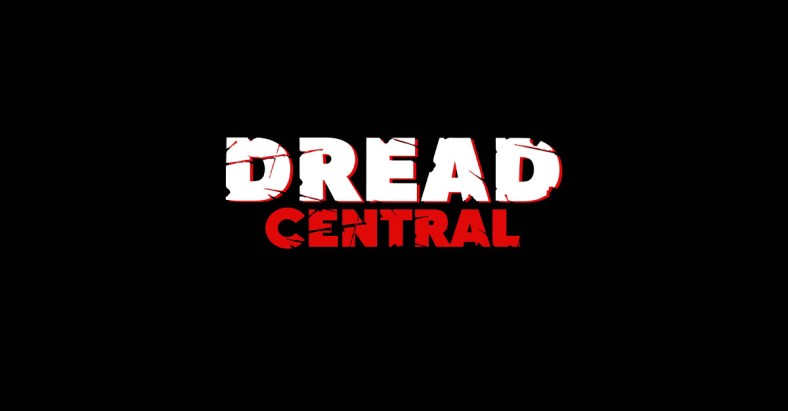
Well, this horror fan sure did.
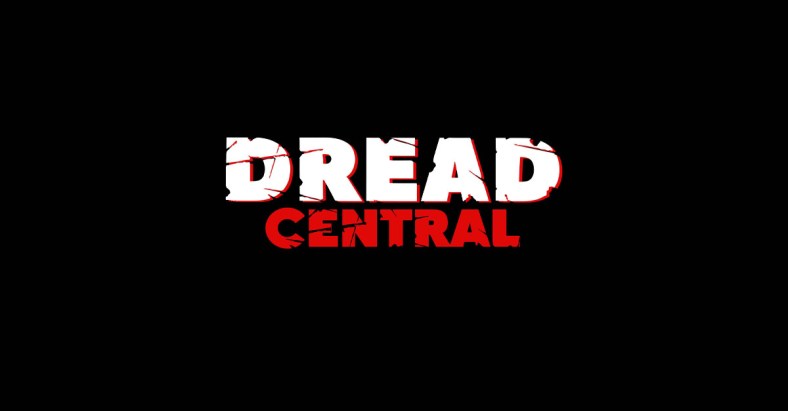
Along the lines of what we’d hoped to make.
Side Note: I think there’s a stereotype of who and what comprises a “horror fanbase” which is factually incorrect and unfair, that we’re all a bunch of bloodthirsty 15-year-old boys with a mental disorder and there’s a constant need to reduce every horror franchise to that perceived target. Also, I think the biggest breakthroughs in horror – or any – genre is when audiences are surprised or given something awesome which they don’t exactly expect. Of course, the “awesome” part is subjective, never easy to conceive or sell, or often create. The people with money like safe bets, the people who make things want to blow minds and explore new pathways. The eternal push-pull, and in 1999 I was quickly learning about it.
But I digress.
Artisan and Haxan were at an impasse. The Haxan team had hunkered down in Orlando and were creating TV projects and Heart of Love, and I think there was more than a little concern regarding a fast-tracked sequel that should have been green-lit in July of 1999 when The Blair Witch Project was shattering per-screen averages but hadn’t become such a box office monster. But here everyone was and the window of opportunity to create a sequel and hit a Halloween-ish window was closing.
So in January of 2000, for business reasons, Artisan chose to move forward on the sequel without any of the original creators. There would be no prequel.
Artisan was also creating a bunch of tie-ins – various toys (including my favorite – the Japanese stuffed animal called the “Missing Bear“), plastic figurines, three video games, a series of Young Adult novels, some spinoff books for fans of the movie, and a comic book series. They were building a franchise, integrating the fuck out of our idea.
Catch up on all of the other Making of The Blair Witch Project articles here!
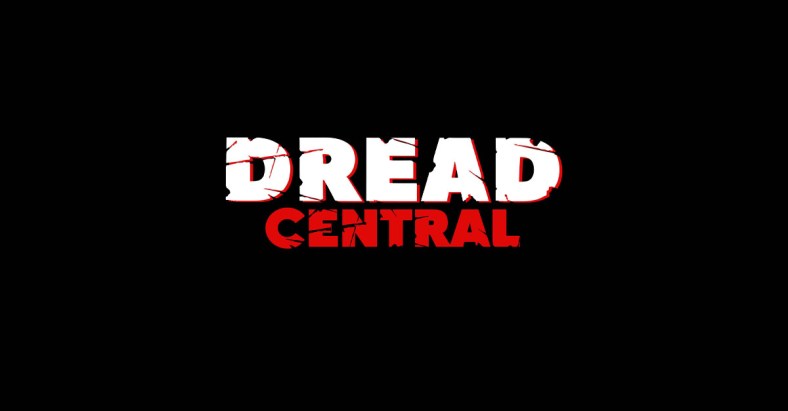
Not a prank – this was a real collectible.
Someone needed to keep all of everything straight or these disparate properties – created and executed by people who didn’t know each other – would begin contradicting themselves. The “Haxan 5,” as they were called, were all busy with big stuff – so Rob Cowie recommended me for that job, to write a cross-referenced mega-document including every character, every element. He called it the “Blair Witch Black Bible.” I was flown out to New York to meet with Artisan executives (including John Hegeman, the mastermind of Artisan’s marketing from its beginning through The Blair Witch Project) for about an hour regarding being an ongoing consultant, and that’s where I saw, for the first time, the inside of the marketing machine at a studio.
I laughed out loud in that meeting when I heard about a “Taco Bell” tie-in deal. That was bad form on my part, but the magnitude of what we had accidentally done was still sinking in months later.
Seven Will Rise
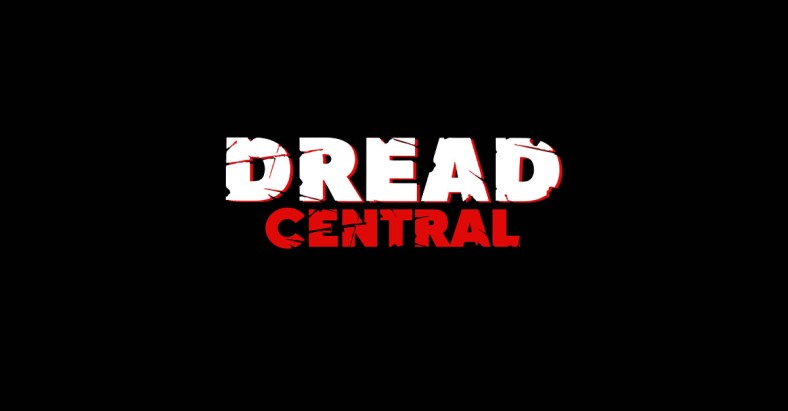
We had a fucking billboard on Sunset Blvd. at Laurel Canyon! From left to right, DP Neal Fredericks, myself, producer Jay Bogdanowitch, star John Maynard, sound mixer/sound designer (and lifelong friend) Jeremy Gilleece. Photo by Mark Koivu.
There would be two new TV specials to be made.
In the wake of all this, The Blair Witch Project was set to have its premium cable premiere in the summer of 2000 on Showtime, and after the success of “Curse,” Showtime wanted a special as well. Following that, Artisan wanted another Sci-Fi Channel special for their planned sequel, and Gregg Hale and the team at Haxan recommended me to write and direct both specials.
And just like that, Artisan agreed to hire me to write and direct, the first time anyone would pay money for me to perform these services. I was about four years out of film school.
I saw it as my big break and immediately began overthinking and stressing about the entire process – it was less about “doing a good job” or “telling a great story” than it was for me about “don’t fuck up your destiny.” If I could tell 29-year-old-me one thing today it would be this: “Do your best job, but try to have some fun.” It’s hard to have fun when you think your every decision is life-or-death and could jeopardize your entire future (and it almost never can), a lesson I had failed to learn from the actual shoot of The Blair Witch Project – the most fun I’d ever had doing anything.
Artisan marketing exec Amorette Jones brought me in to talk about it and said that Showtime wanted a special that didn’t reveal anything about the sequel, that talked as little as possible about the first movie, and deepened the mythos. The Sci-Fi Channel special would deepen a mystery around the second film the way “Curse of the Blair Witch” had deepened the mystery around The Blair Witch Project.
Very new to the business, I worked on some ideas and brought them back two.
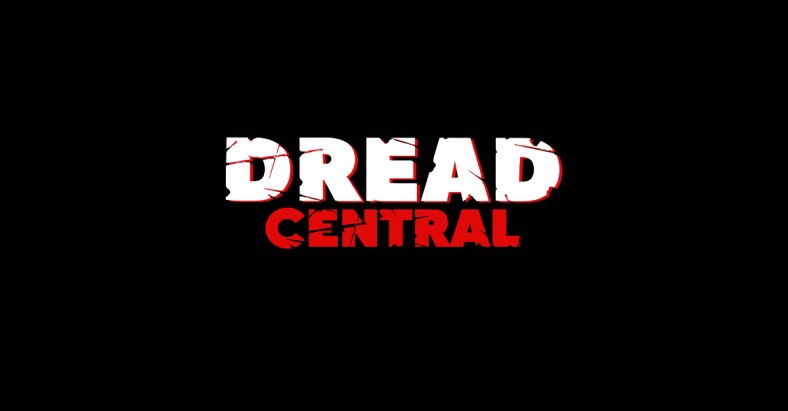
Buy this movie.
First I pitched them an idea called “The Burkittsville 7,” in which a nerdy serial-killer fanboy fixated on Rustin Parr (who’d killed seven children in the 1940’s) had come up with an elaborate theory that Parr hadn’t been the killer, that the real killer had been Kyle Brody, the 8th kid who got away and who testified against Parr in court. Part of the proof would be in an old documentary from the 1960’s called White Enamel, which I would draw much inspiration from Frederick Wiseman’s landmark 1967 documentary Titicut Follies, a raw and disturbing look at the inside of a mental institution, one of the most unsettling films I’ve ever seen. The whole show would be presented in a style like Errol Morris’ for his 1988 true-crime classic documentary The Thin Blue Line.
[youtube https://www.youtube.com/watch?v=FlKUYY9MYQM]
[youtube https://www.youtube.com/watch?v=dNL5A4D0G4g]
So the idea of a two-layer fake documentary was hatched. We’d shoot the whole thing on film – all the reenactments on reversal film giving them a contrasty palette, and the mental institution stuff would be black-and-white, with the interviews and modern-day stuff on regular negative stock. Even still images would be filmed handheld super-8.
A marketing idea so way-out that I can’t see anyone ever going for it…
And they went for it. Probably the weirdest idea I’ve pitched to this day, and they went for it. Jay Bogdanowitsch (my frequent producing collaborator from Orlando) was on as producer, and Neal Fredericks – the DP from The Blair Witch Project – was on as cinematographer. Jay’s brother, Sasha Bogdanowitsch, provided an eerie instrumental and vocal score. And one of my oldest friends and favorite actors, John Maynard, earned the role of Chris Carrasco – named after Christian Carrasco (the guy who said that we were going to be a big hit because people wanted horror). And playing grown-up Kyle Brody was an actor of unbounded talent, fearlessness and ferocity, David Grammer.
The day we cast David, I turned 30.
We shot quickly, Curt Apanovich and I edited the entire thing in three weeks flat (working through weekends) while Jeremy Gilleece designed the soundscape, and were only asked to cut one shot by Artisan. Not too bad. It premiered on Showtime on July 16, exactly one year after The Blair Witch Project premiered in theaters. To this day, this remains one of my favorite projects I’ve ever directed.
Enjoy:
[vimeo 59334058 w=853 h=480]
Shadowplay
There was still a special to hype the sequel to make and the rapid turnaround on “The Burkittsville 7” had exhausted me.
And while we were churning out “The Burkittsville 7,” genius-level documentarian Joe Berlinger was off in Baltimore, MD, making Book of Shadows: Blair Witch 2.
We’d periodically see bits and pieces of Book of Shadows, cut scenes, etc.; and honestly, I didn’t like what I saw but hoped I was wrong.
I had pitched a TV special that Artisan had liked in which ghostly anomalies began happening on the set of Blair 2, and it was called “Shadow of the Blair Witch.” Neal and I flew out to Baltimore to interview Joe, his cinematographer Nancy Schreiber, and all of the lead actors; and when we arrived on set, we weren’t prepared for the enormity of the enterprise.
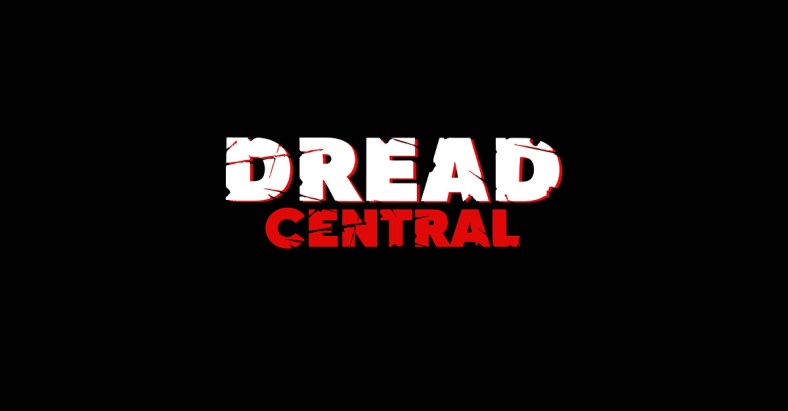
“The Bukittsville 7” and “Shadow of the Blair Witch” were both released only on VHS in this compilation.
It was a trailer city – endless makeup, wardrobe, actor trailers, on and on. The set, a fully dressed warehouse. There was a Technocrane, and the rental for that item alone was probably five times the cost of the original film. I couldn’t help thinking about Dan Myrick’s Jeep Cherokee and how we’d been able to put pretty much all of the gear we needed for the first film into the back of that vehicle – and now that had exploded into this full-sized multi-million-dollar affair in Baltimore.
Neal and I shot the interviews and almost immediately came back to LA. We were on their set for two days at most. We began to prep the rest of our show (which didn’t need their set as a backdrop) in earnest.
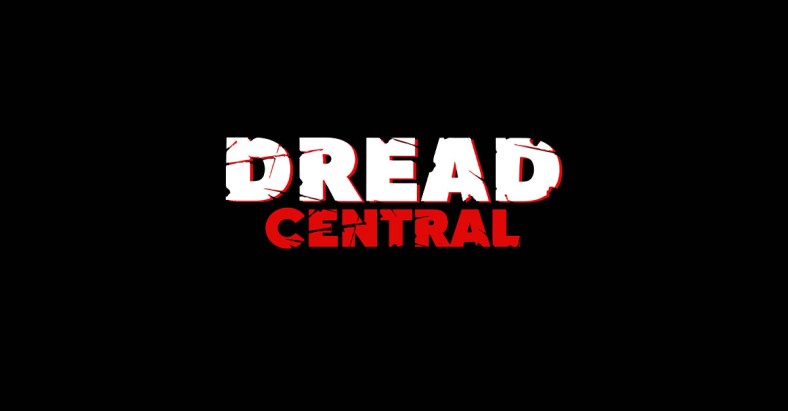
From left to right: DP Neal Fredericks, Book of Shadows director Joe Berlinger, me. Photo by Jim Grossman.
A few weeks later, our executive producer Pirie Jones and I met one of the marketing people in charge of my specials for lunch at Birds Cafe, right down the street from the Hollywood sign. Without bracing me for bad news, the marketing exec started telling me what they wanted in the Book of Shadows special. It wasn’t any of the ideas I’d been prepping or had already written, and we’d actually started shooting.
“What about the one I already wrote?” I said to the exec.
“Oh, we’re not gonna do that one anymore,” she said as if talking about the traffic. No malice, no sympathy. No explanation. Welcome to the “business” end of “show business.”
She pushed two VHS tapes toward Pirie and me – Parts 1 and 2 of Joe Berlinger and Bruce Sinofsky’s documentary series “Paradise Lost.”
SO TO BE CLEAR, I WAS TO:
Write and direct a fake true-crime-style documentary-
About the characters and killings depicted in Book of Shadows-
In the manner of a Joe Berlinger/Bruce Sinofsky actual true-crime documentary-
To market Joe Berlinger’s fictional narrative crime/horror movie-
Which was to be subversively billed as a reenactment of true events.
It’s pretty meta. Let it stew.

It didn’t make sense to me, the idea that if real killings had been inspired by The Blair Witch Project, that the very company that released that movie would produce an entertaining docudrama about those killings the next year as a horror film. It would be as if, in 1970, Roman Polanski directed a docudrama about the 1969 murder of his wife, Sharon Tate. I was so wrapped up in the absolute verisimilitude of this thing that I couldn’t see that I might be overthinking it – but the integrity of the whole idea had brought everything this far.
But I had to let it go; it’s what the studio wanted and they’d get it from me or they’d get it from someone else. At least from me, I’d strive to give it some internal consistency.
As Steve Ecclesine, a producer I’d met around then, said to me, “Sometimes there’s great satisfaction in doing a really amazing hack job.”
I was too young and earnest to phone in the job, but “one for me and one for them,” I thought. I sucked it up and complained to Alicia and my inner circle and missed Dan and Julia’s wedding while I hunkered down and wrote them a new script. I mean, I was getting paid to write and direct a TV special. I’d been in LA for a year and a half. Things could be worse.
But how had it come to this?
Pirie later told me that the Artisan brass had seen Book of Shadows and were extremely unhappy with it and had gone into “damage control” mode regarding the marketing. They were orchestrating pickups and reshoots to hopefully make the film better, but the second special needed to send the right message.
I was told by an excited executive that one of the pickups was the main character (Jeffrey Donovan) in a mental institution at the beginning of the movie, and they’d be referencing and paying homage to Titicut Follies in that sequence as well.
I was supposed to be flattered? Were any of these executives talking about Titicut Follies before I pitched them “The Burkittsville 7?”
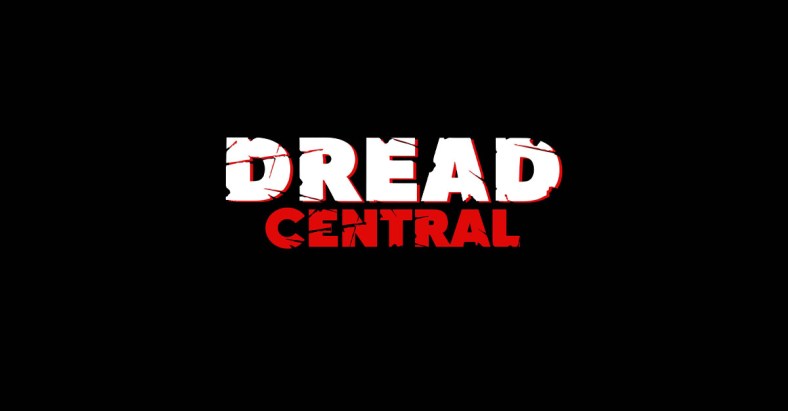
How dare they pay homage to the thing I already payed homage to.
I studied the Berlinger/Sinofsky docs extensively and worked on the style, came up with a cast of characters, and even included the idea that family members of the slain were attempting to legally block the release of the movie and filmed them in silhouette. Again Neal shot it, Jay Bogdanowitsch produced it, Sasha Bogdawitsch did the music and fellow VCC film alum George Rizkallah edited it. We had an amazing cast and crew. It’s not as personal to me as “The Burkittsville 7,” but I do think we nailed Joe’s style and told the story Artisan wanted told to build a mystique around their sequel.
[vimeo 109251556 w=853 h=480]
But it would take more than a TV special to sell Book of Shadows: Blair Witch 2.
I was even more exhausted.
I Must Talk About the Sequel…
[youtube https://www.youtube.com/watch?v=75cjbtUhTjE]
I’m biased, but I’ve never personally liked the basic concept of Book of Shadows, but I have loved literally every other Joe Berlinger film I’ve ever seen. Joe’s other work has a real heart and often a fight for justice or just plain fairness. His work, in my opinion, has made the world a vastly better place. From Brother’s Keeper and the “Paradise Lost” trilogy (which arguably got three innocent men out of a life sentence in prison), to Metallica: Some Kind of Monster and Crude and Tony Robbins: I Am Not Your Guru, Berlinger has elevated the documentary form time and again to a level of art.
But for those people who believe that there was a better “director’s cut” of Book of Shadows: Blair Witch 2, I tend to disagree. I think perhaps there’s a better “unrealized director’s concept.” That being said, a lot of people really like Book of Shadows, and I’m not here to take away their pleasure in it. I just object to what I see when I watch Book of Shadows – a sequel which held The Blair Witch Project in contempt and went so far as to criticize the people who’d loved it.
And I was one of the first people who’d really loved this movie, before it was a movie, so I took some offense.
In retrospect and in all fairness to Berlinger, I don’t think I could have come up with a better sequel idea which could have been executed in the same amount of time, and when an up-and-coming studio knocks on any career-advancement-wanting director’s door and offers a huge opportunity to them with onerous time constraints, I believe most directors who aren’t where they want to be in their career will jump on that opportunity and ride it like a mechanical bull. I sure did with Alien Raiders (in that case six weeks prep, three weeks of rewrite before a WGA strike, 15 days to shoot), so I get it. These opportunities are rare and are a crucible in which we as filmmakers can sometimes make greater films.
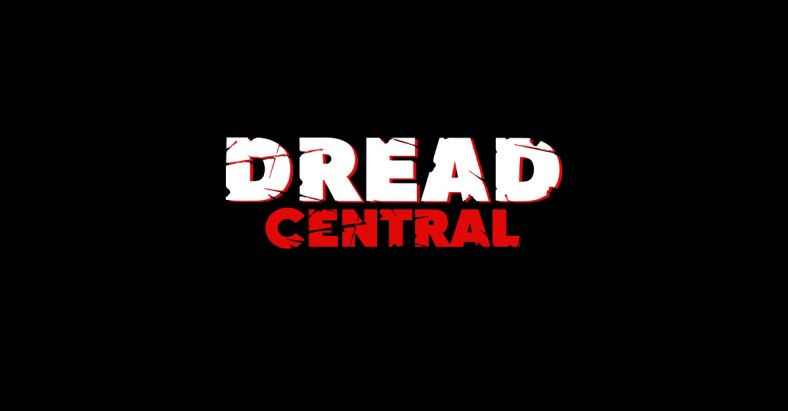
My actual copy of the Blair Witch 2 script from 2000, printed on red pages so it couldn’t be faxed or copied.
I also personally believe that Artisan had underestimated the backlash against the original film, which had been vocal and mighty – I remember both Chris Rock and Dennis Leary getting big laughs at our expense.
Go to 5:40 into this video to see the backlash writ large at the MTV Awards:
[youtube https://www.youtube.com/watch?v=TVbd-zYb4I8]
The hype had made a lot of money, and it had also worn out the audience. But I believe that the groupthink inside the Artisan offices didn’t allow for the wave of hate that came for people who’d been promised the “scariest movie ever made” and saw a mostly-handheld art movie with no monster.
This was a movie that wasn’t designed from the beginning to become the blockbuster it became; it was an experiment that worked out a little too well for its own good. It wasn’t designed to be a repeatable, bankable franchise because none of us would have dreamed that it could go far enough for that to be a possibility.
And in my opinion, the best move back then would have been to have given Ed and Dan two years to develop the sequel they wanted, the Elly Kedward origin story, and to let the audience want another one a little more. But nobody was asking me, and I was getting my big break as a director on the two TV specials, plus maybe there was a way for Book of Shadows to find some kind of audience and become a bigger hit. The first one had defied expectations; maybe the sequel would too.
As they say, “Success has a thousand fathers, and failure is an orphan.” Or what goes up…
…Must Come Down
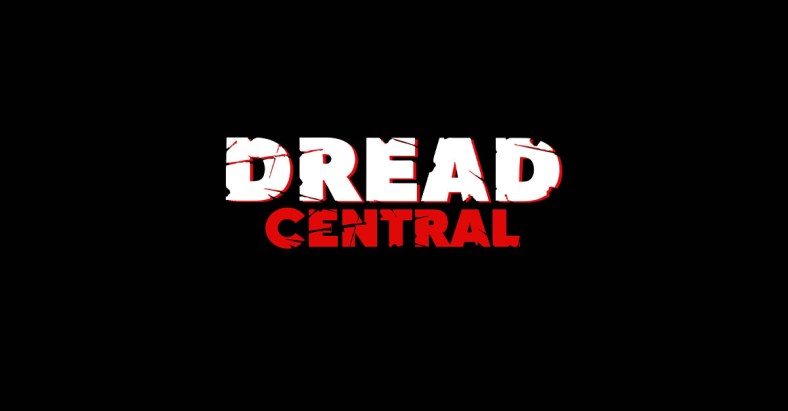
I delivered the final version of “Shadow of the Blair Witch” on a Friday in August, and on Monday I flew back home to Orlando, Florida, to work on a TV show for a few months. On October 27, opening night, at 8:00pm I went to see Book of Shadows: Blair Witch 2 at the Regal cinema about a mile up the road from the Enzian. The audience was probably a third full or less. It didn’t bode well, and the box office for the first week was less than exciting.
Despite my misgivings with Book of Shadows, I really wanted it to succeed. I felt that success with the sequel would prove that the original concept had real resonance with an audience. Quickly it became apparent that the movie was taking the full force of the backlash. The fans of the original knew it had been cranked out factory-style in less than a year, and the people who hated the first weren’t going to bother with it.
And when I arrived back in LA about three months later in January of 2001, all of the heat, all of the hype, all of the interest was dead. My manager, trying to get me work directing television, would show executives “The Burkittsville 7” and they’d look at it – is it a reality show? No. Is it a narrative TV show? No. It was made for the marketing department?
I ticked zero boxes for a potential employer, or so I was told by my manager. Better luck next time.
Nobody wanted to hear about The Blair Witch Project, that legless idea made by a bunch of penniless Floridians in the Maryland woods anymore. I think it was a relief for many people in this business to be done with it. The world had moved on.
With the windfall they’d gotten from Blair Witch and in an effort to prove that they could make hit movies rather than acquire them at Sundance, Artisan Entertainment had made a string of name-director-driven features (The Way of the Gun, Ghost Dog: The Way of the Samurai, Cecil B. Demented, Dr. T and the Women, The Ninth Gate, etc.). Although some were well-received, they had proven hard to market and in general lost money. Artisan limped along with a profitable video library they’d inherited from Live Entertainment, releasing co-productions like National Lampoon’s Van Wilder or Boat Trip, but they failed to break through like they’d done with Blair Witch ever again. In 2004 they, along with all their assets (including The Blair Witch Project) were sold to Lions Gate Films.
A cautionary tale.
Epilogue
Heart of Love never got made, and although Haxan had a good run with TV development (including Fox’s before-its-time visionary paranormal show “FreakyLinks”), unfortunately none of their shows lasted a full season.

The saddest part of this story has to do with Neal Fredericks… Tragically, Neal died in a plane crash in August of 2004. He was filming aerials of the Florida Keys in a single-engine Cessna with no water-landing pontoons for a feature he’d shot when the engine stalled and the plane crashed and sank into the muddy waters following a hurricane and he couldn’t get out of his harness.
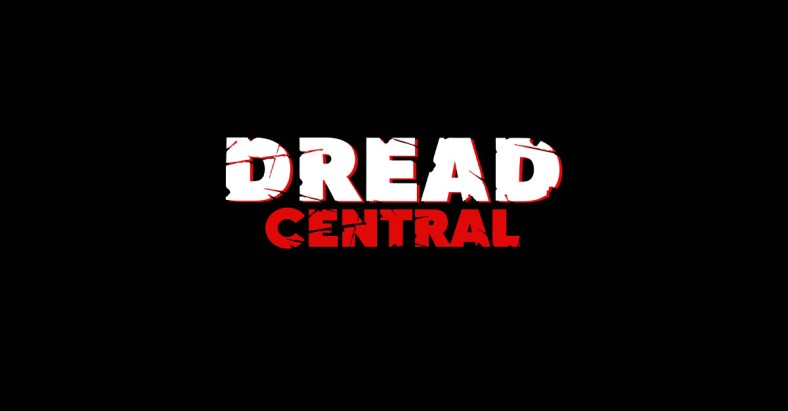
Neal (left) and me shooting “The Burkittsville 7” on his WWII-era wind-up 16mm camera. Photo by Jim Grossman
Heather stuck around the business for several years but ultimately lost her love for it. She wrote brilliantly about exchanging the film industry for the marijuana-farming life in her memoir Grow Girl: How My Life After The Blair Witch Project Went to Pot. Last year she took a foray into directing in Northern California with a comedy set in her new world called The High Country. I not-so-secretly hope she comes back as a writer/director and stomps this town again.
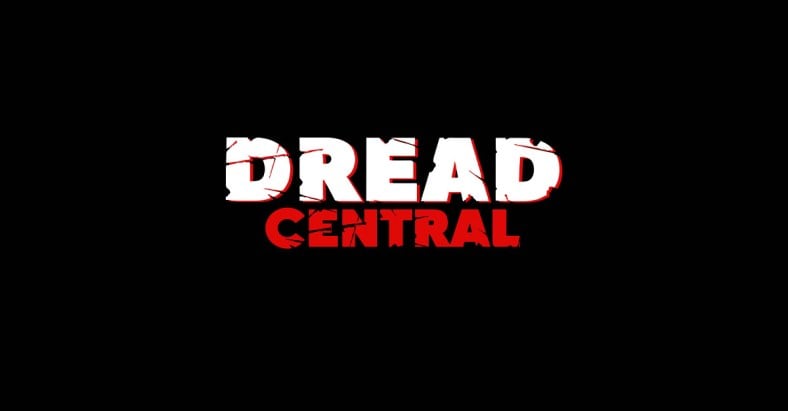
Please buy Heather’s book. It’s amazing!
Mike moved back to New York after a few years in LA and took a job as a middle school guidance counselor. He sometimes acts (including Ed’s Altered and Dan’s The Objective), and he’s currently writing a book about his experiences on The Blair Witch Project. In my opinion, he was always the best-adjusted of the lot of us.
Josh remained in LA and has continued to act and direct, and he is currently expecting his first baby.
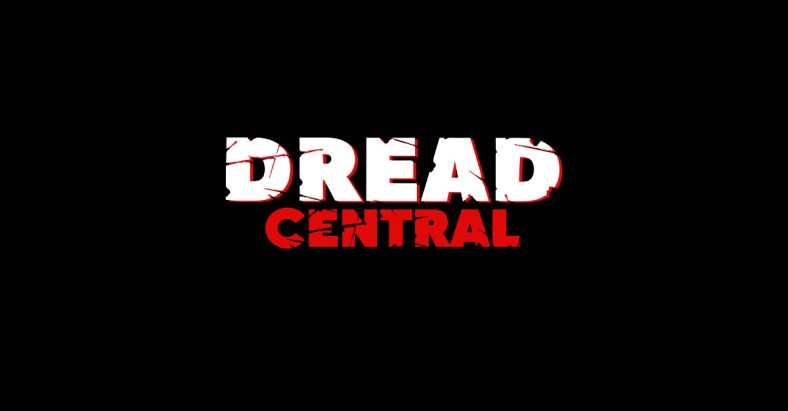
Josh directed this feature. Check it out!
Although still close friends, Ed and Dan to this day haven’t collaborated as co-directors since, each having gone off to make several features of their own, and Ed has branched off and begun directing TV. You should watch lots of both of their excellent work. Gregg and Rob stayed on as producers for Ed for several of those films, and Gregg still works with Ed in that capacity.
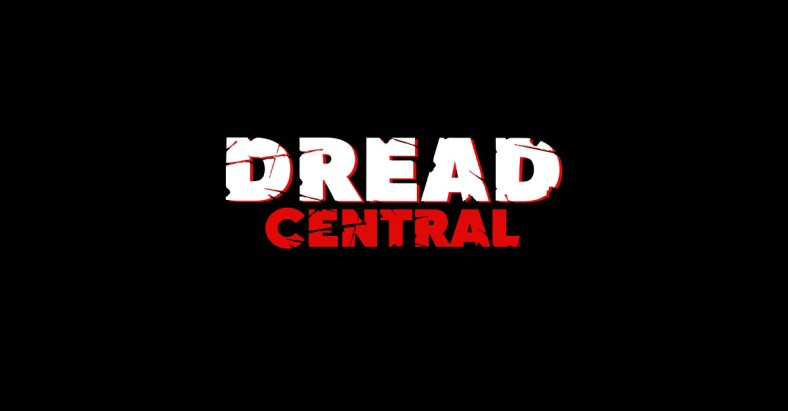
Ed’s film “Lovely Molly”
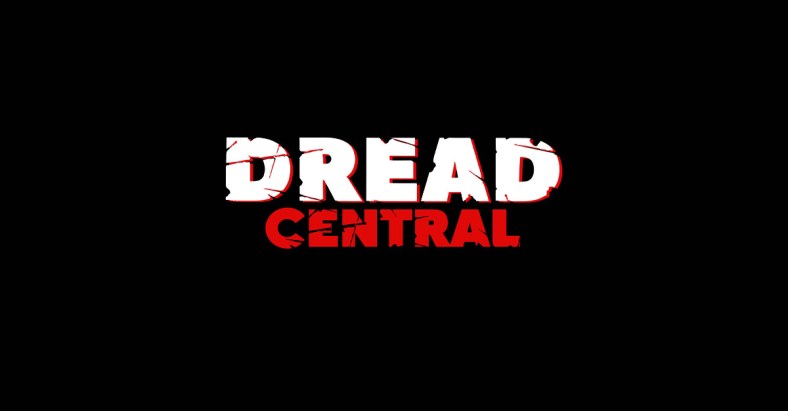
Dan’s movie The Objective
Mike Monello took his marketing experience from Blair Witch and co-founded Campfire NYC, a marketing agency which focuses on mind-bendingly brilliant, often subversive, and unconventional marketing campaigns for giant entertainment clients. You have undoubtedly seen some of their work, but you should check it out here.
Dan moved to LA and co-created Raw Feed, a straight-to-DVD genre company with a deal with Warner Brothers. They made six features, including Dan’s feature Believers, and Alien Raiders, which Dan employed his wife, Julia Fair, to co-write and me to direct.
[youtube https://www.youtube.com/watch?v=dl1rRf7PW58]
Haxan Films still exists, although it’s primarily Ed and Gregg today.
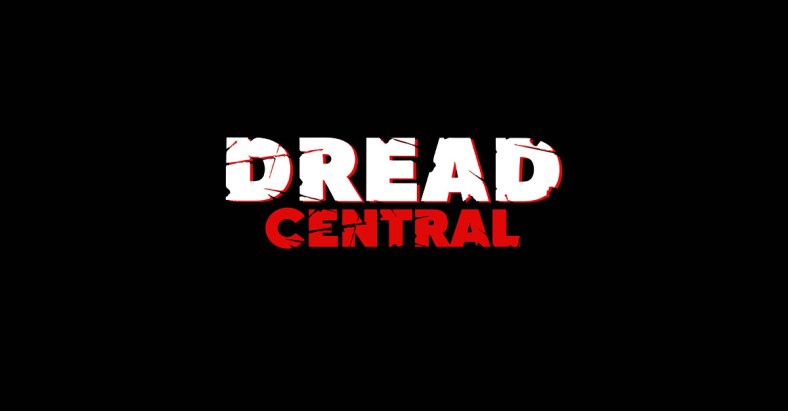
I’ve managed to keep busy directing and editing and sometimes consulting and often doing the oddest odd jobs I could have ever imagined. If you’ve gotten this far, I’d implore you to watch “20 Seconds to Live,” the web series I co-created with my Orlando friend Bob DeRosa, produced by Cat Pasciak, shot by George Feucht with music by Jonathan Price and presented by Ariescope (Adam Green’s company).
I also still do a lot of theater work, much of it at Sacred Fools Theater in Hollywood. If you find yourself in our area, please come check us out!
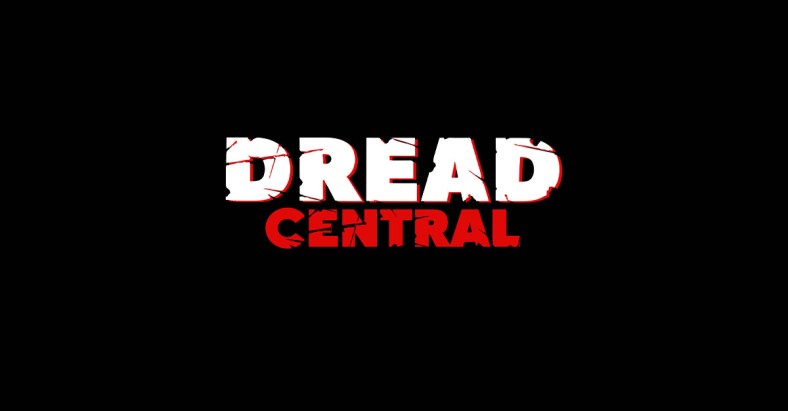
In short, as a result of The Blair Witch Project, we all were able to forge some kind of career out of nothing and eventually move on even if there was more work we could have done in the Blair universe. Hopefully, if nothing else, we made a pretty good horror movie that might inspire other people to pick up the camera and do something nobody’s done before despite conventional wisdom.
Epilogue’s Epilogue
About nine months ago, I heard through the grapevine about the new movie Blair Witch directed by Adam Wingard and written by Simon Barrett. I’m a big fan of Adam and Simon’s work, and I don’t believe you could have grown a better pair of filmmakers in a laboratory to create a new Blair Witch movie. As I write this (August 29, 2016), I have not seen the film but cannot wait to see it opening day. Right now we’re in a weird period of horror like we were in 1996 – there have doubtlessly been some good horror movies but we could all be making better work, and I hope that Adam and Simon can bring it all back.
[youtube https://www.youtube.com/watch?v=girSv9UH_V8]
THE END
Categorized:News

